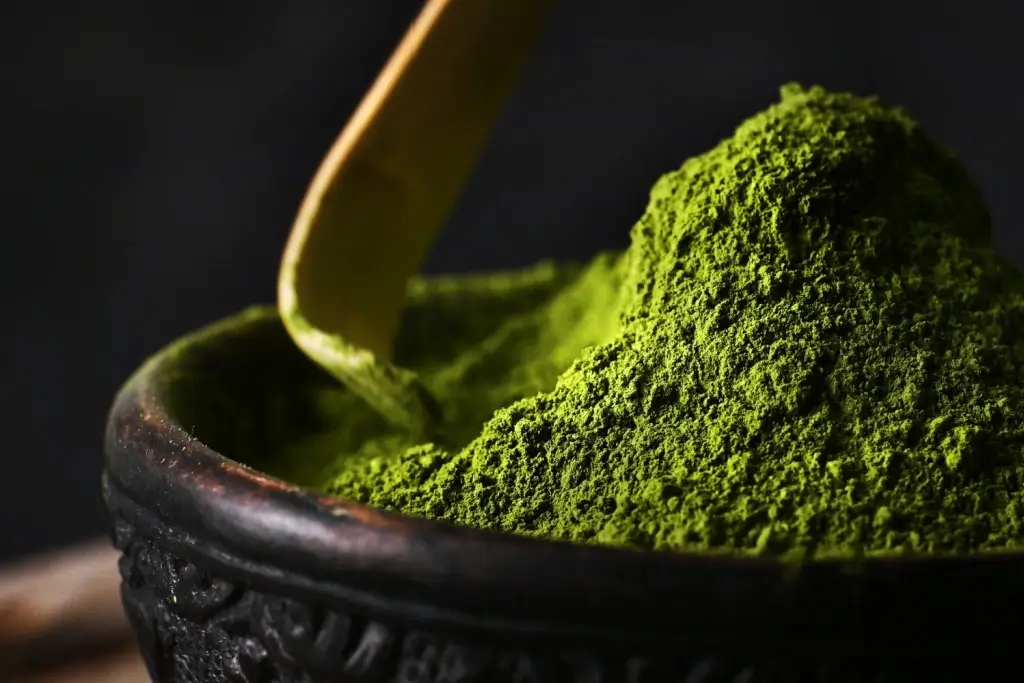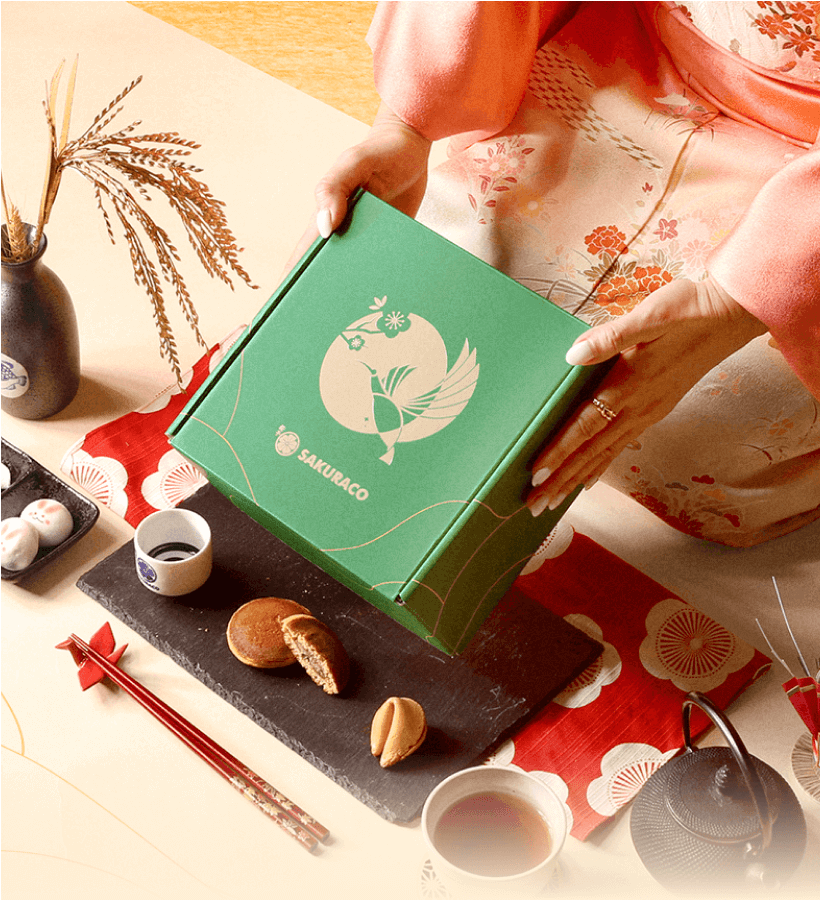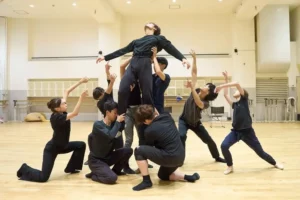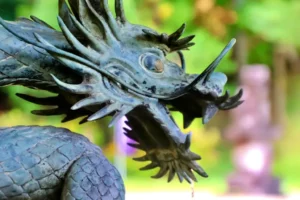Matcha powder has gone from temple rituals in Japan to lattes on Instagram feeds worldwide. Once tied to Zen practice and tea ceremonies, it is now sold as a health drink and lifestyle symbol. Today, we’ll explore how the tea’s meaning shifted over time and what its global rise tells us about culture and commerce.
Table of Contents
ToggleHow matcha powder became popular in Japan
The green tea powder has been part of East Asian culture for centuries, though its preparation has evolved. Green tea originated in China and was enjoyed across social classes. Zen master Eichu brought it to Japan, served sencha to Emperor Saga, and planted tea seeds throughout Kyoto. Later, the Zen monk Eisai introduced powdered tea, originally brownish-black rather than bright green.
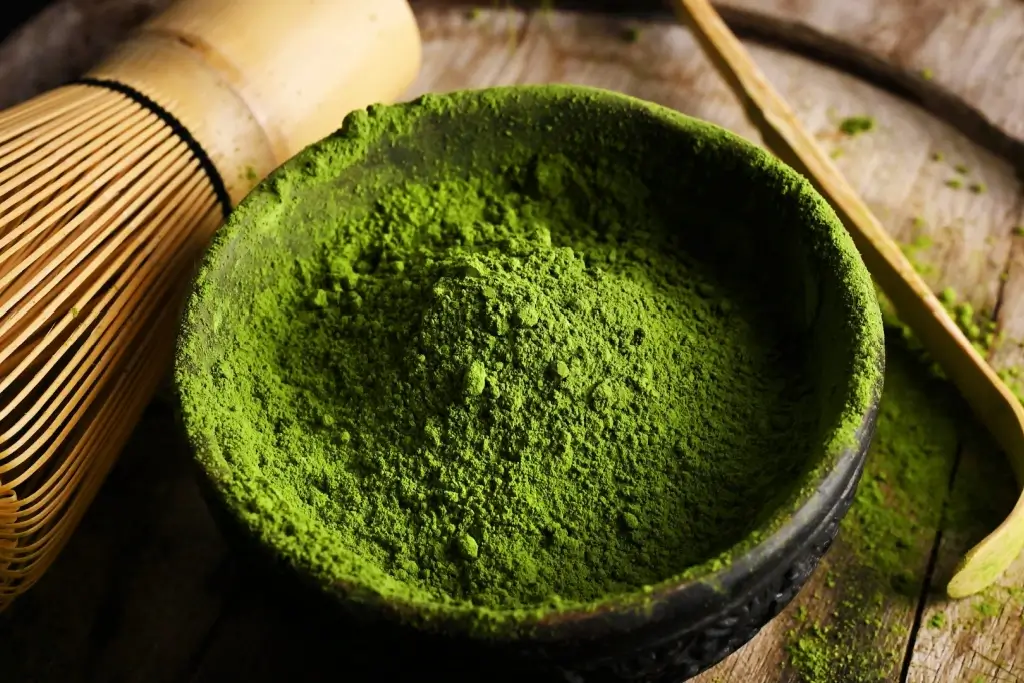
Tea was first seen as medicinal, but Eisai’s influence expanded tea fields and varieties in Kyoto. Two main types emerged: honcha (real tea) and hicha (non-tea), with honcha from Togano’o and Uji regions holding the highest reputation. Powdered tea became popular among both Zen practitioners and the public.
During the Muromachi (1336-1573) and Edo periods( 1603-1868), skilled preparers became tea masters. By the Taisho and early Showa periods, modernization and new machinery improved production, making it a staple of Japanese culture. This widespread adoption helped cement it as a beverage and an essential part of Japan’s social and cultural traditions.
How Japanese Matcha Became Popular in the West
People in East Asia have enjoyed green tea for hundreds of years, but they only started reaching a broader audience in the 19th century. In the 1500s, Portuguese missionaries wrote about it and their experiences with Japanese tea ceremonies. By the mid-1600s, merchants sold green tea in London, introducing it to British society. In the 19th century, world fairs and expos helped showcase Japanese tea and chanoyu (tea ceremony) to even larger audiences.
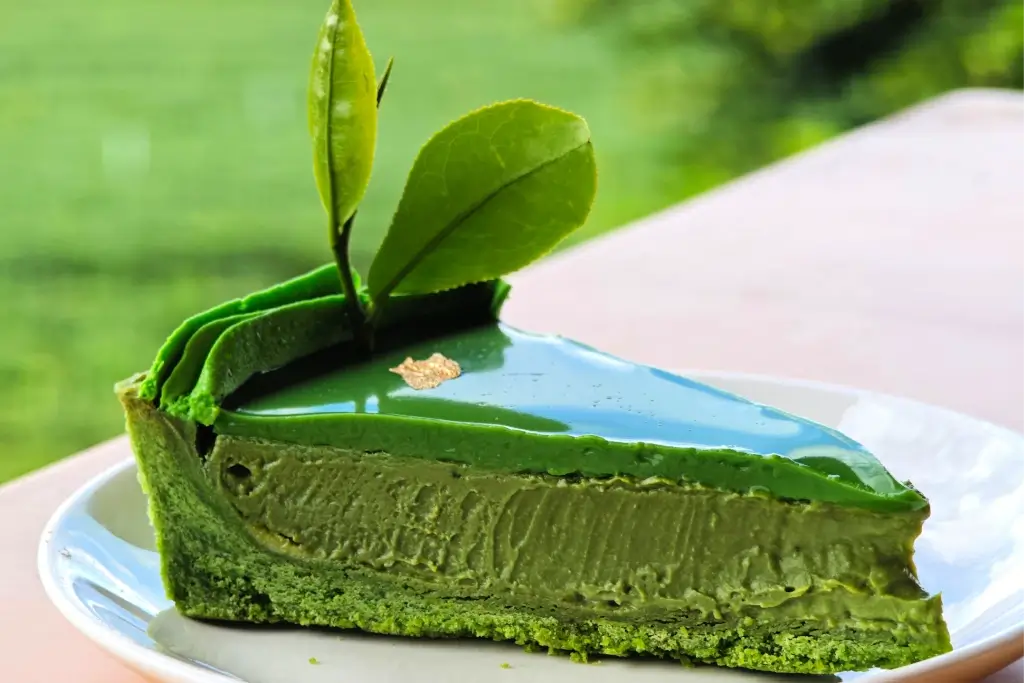
As the tea reached more people, some Western customers still felt skeptical because the flavor and preparation were unfamiliar. Some food and drink critics didn’t like its bitter, umami taste or bright green color, which reminded them of pea soup. Despite the criticism, people stayed curious and continued exploring the culture of tea and tea ceremonies. In the early 20th century, Tea schools in Kyoto welcomed students from overseas to study the tea ceremony and learn about aspects related to it, such as ikebana (flower arranging).
From the 20th to the 21st century, more and more people became interested in Japan and its culture. Taking part in a tea ceremony with ikebana showed that you were cultured. At that time, however, there was no official “ceremonial matcha,” and people didn’t compete to show who was a true fan. Still, the growing curiosity laid the groundwork for tea’s popularity worldwide.
Are you looking for amazing snacks and drinks that include matcha powder? Check out Sakuraco! Sakuraco delivers traditional Japanese snacks, teas, and sweets from local Japanese makers right to your door every month so you can experience the taste and tradition of Japan in your own home!
The Matcha Powder Craze: How It Became a Global Trend
In the 20th century, tea in Japan symbolized refinement and culture, but in the 21st century, it became known worldwide as a health drink. Between 2001 and 2010, blogs began highlighting it as a detox aid, energy booster, and coffee alternative. Around this time, the term “ceremonial matcha” appeared, though most people still simply called it matcha.
Outside East Asia, it was not widely available. When I lived in Australia, you could only find green tea desserts or drinks at a few specialized Japanese cafes in Sydney. If you said “I love green tea” at school, most classmates wouldn’t understand. Even saying “I love sushi” might have seemed unusual. By around 2013, however, interest in Japanese food and drink had started to grow, though it was nowhere near today’s global craze.
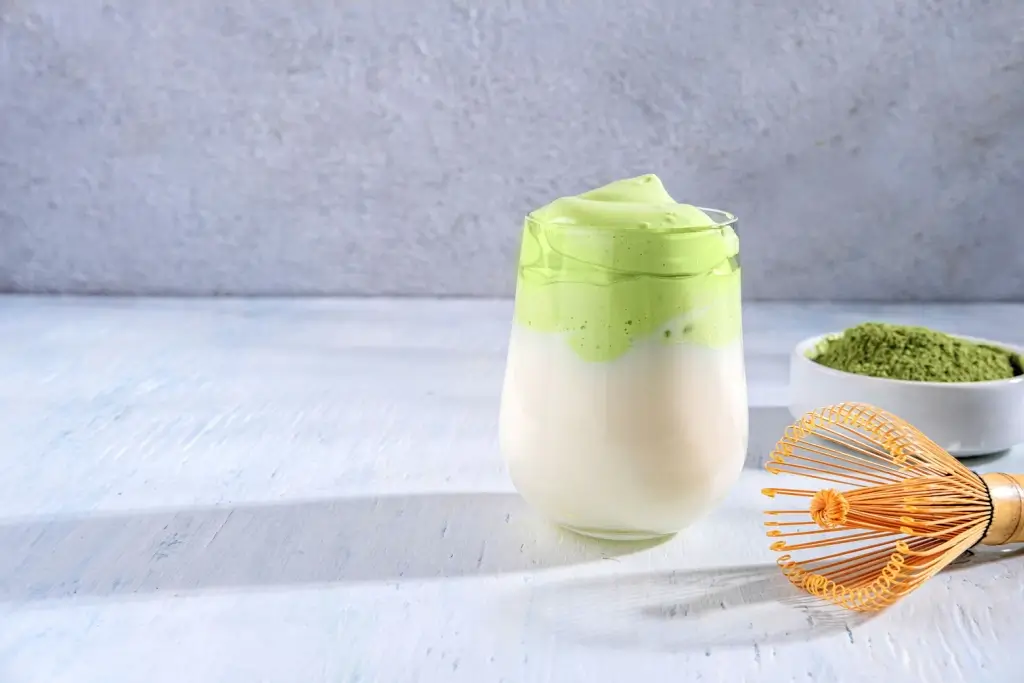
The fundamental shift came with healthy lifestyle trends and the rise of social media. The bright green tea looked striking in photos, especially alongside smoothie bowls or trendy desserts. What started as an “exotic” drink slowly became a status symbol. By the early 2020s, influencers on TikTok and Instagram fueled a new culture around “authentic” matcha preparation.
Viewers debated whether someone used the proper grade of bamboo whisk or the correct tea color. The more traditional someone appeared, the more social points they received. Locals in Japan typically don’t worry about tea grades in daily life; most cannot name them and wouldn’t care much when ordering a latte. In contrast, foreign consumers became obsessed with quality.
How has matcha powder’s popularity affected its supply?
Overseas firms noticed English-speaking customers wanted “the highest ceremonial grade,” even if they didn’t know what that meant. By 2022, the ceremonial grade had become a global trend and a near necessity for wellness brands. This demand has created severe pressure on Japan’s tea producers. Cafes and shops worldwide scramble to secure suppliers, but many Japanese producers struggle to meet domestic needs.
With little stock left for new buyers, businesses inside and outside Japan seek solutions. Some are diversifying their products, adding teas like hojicha (roasted green tea), while the Japanese government is also promoting hojicha at overseas trade shows as an alternative to sustain the industry. I believe that hojicha will not be as popular as matcha.
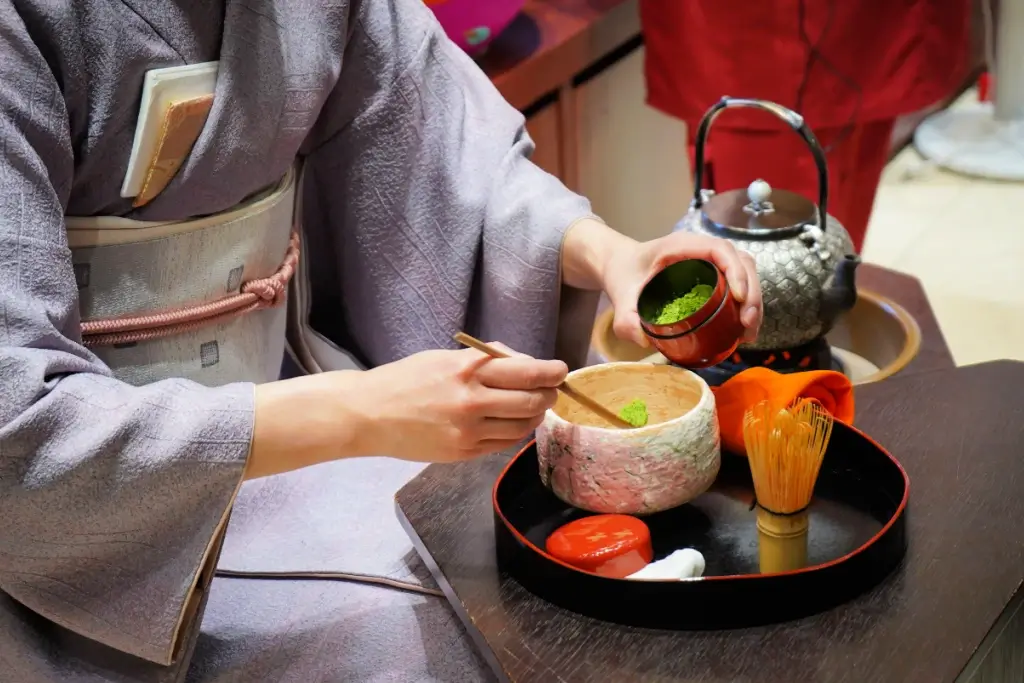
Compared to matcha powder, hojicha doesn’t have the same social class and status attached to it. While hojicha has similar health benefits, wellness communities don’t seem as interested. Additionally, hojicha isn’t as aesthetically valuable as matcha, because brown isn’t as eye-catching as bright green. Online, there’s now a “matcha girlie” persona blending wellness, aesthetics, and femininity, but I haven’t seen anyone call themselves “hoji girlie” yet.
This global commodification of the drink is reshaping tea culture in Japan. On one hand, it has raised the profile of Japanese tea worldwide, turning a traditional drink into a powerful cultural export. On the other hand, it risks straining producers, creating shortages, and shifting focus from tea’s quiet, ritual meaning toward a global market chasing trends. Whether this movement strengthens or weakens Japanese tea culture remains to be seen.
Why is understanding the commodification of matcha important?
Understanding the commodification of matcha is important because it shows how a traditional drink changed into a global trend. The drink started in Japan as part of Zen culture and the tea ceremony, but today it’s marketed as a health drink, lifestyle choice, and even a status symbol. Social media, wellness trends, and global demand have shaped how people see and consume it, often in ways very different from its roots.
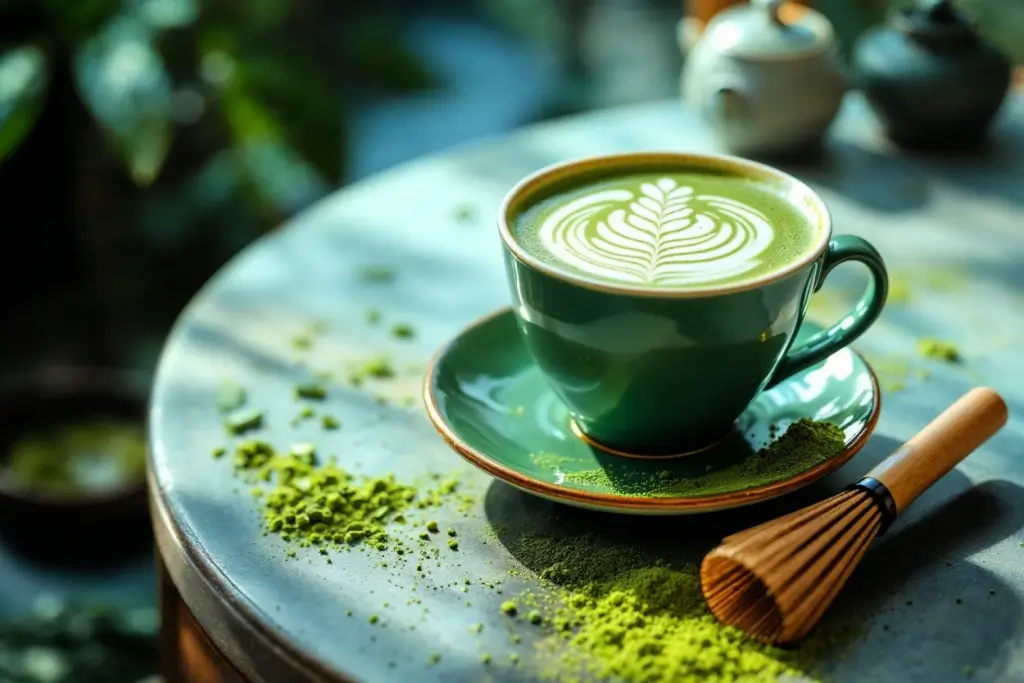
Studying this shift shows how culture, marketing, and globalization turn everyday traditions into powerful commercial trends. Have you noticed the matcha trend in your country? Let us know in the comments below!


